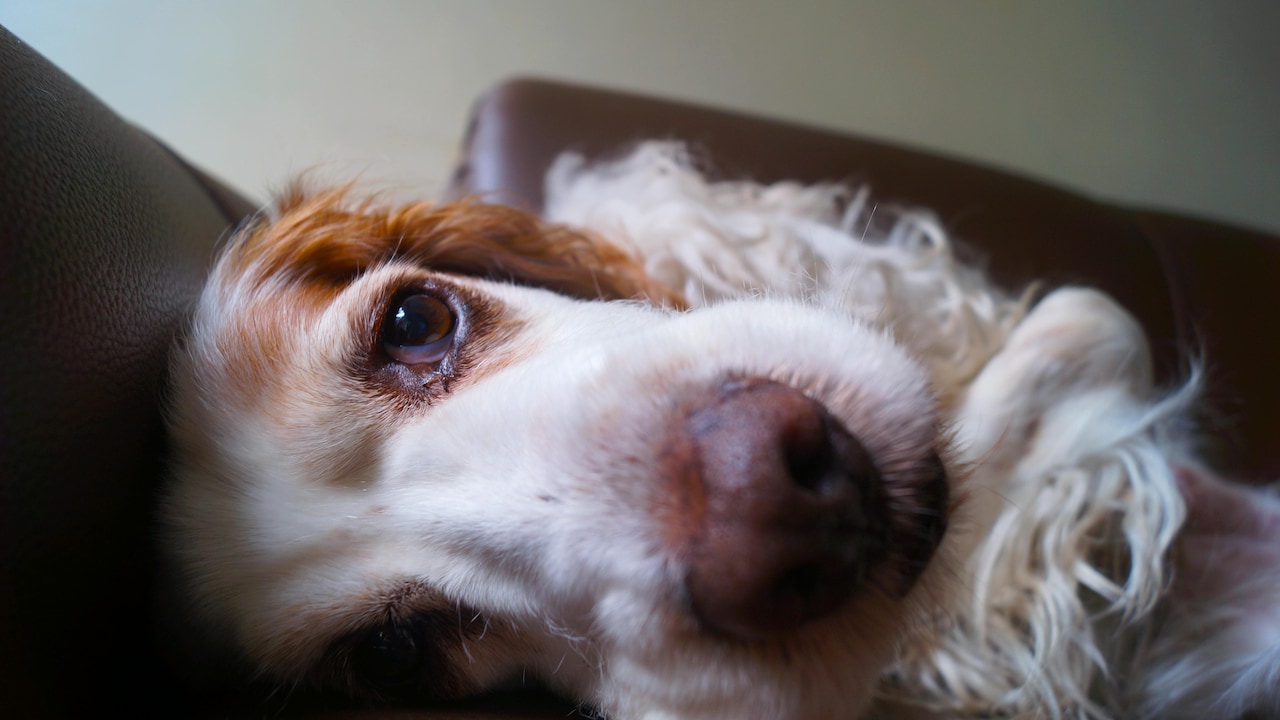Fresh Air For Pet Homes: Do Air Purifiers Really Work For Dander And Odour?
Discover how air purifiers can tackle pet dander and odour. Learn about HEPA filters, activated carbon, and practical tips to keep your home fresh and allergy-friendly.

Pet dander can stay airborne for hours, HEPA filters capture 99.97% of these particles.
Owning a pet is a joy, but it comes with challenges that many households struggle to manage, chief among them, lingering odours and microscopic allergens. For those sensitive to pet dander or simply keen on a fresher home environment, air purifiers often appear as a promising solution. But do they really work? Let's break down the logical and practical considerations behind this question.

Activated carbon filters are key to removing stubborn pet odours.
Photo Credit: Pexels
Understanding Pet Dander And Odours
Pet dander is not just fur. It consists of tiny flakes of skin shed by animals, often coated with proteins that can trigger allergic reactions. These particles are so light that they remain suspended in the air for hours, making them easy to inhale. For allergy sufferers, this can mean persistent sneezing, itchy eyes or even asthma flare-ups. Odours, on the other hand, are more complex. They arise from a mix of sources, natural oils on your pet's skin, saliva, urine, faeces and even the ammonia from litter boxes. These smells can cling to carpets, upholstery and curtains, making them hard to eliminate with surface cleaning alone.
Also Read: Delhi Air Pollution: Can Indoor Plants Replace Air Purifiers? The Truth You Need To Know Now
How Air Purifiers Address These Issues
Modern air purifiers use layered filtration systems to tackle airborne pollutants. The first line of defence is usually a pre-filter, which traps larger particles like pet hair. The real work, however, is done by a True HEPA filter, capable of capturing about 99.97% of particles as small as 0.3 microns, well within the size range of pet dander. This means that, when properly sized for your room, a HEPA purifier can significantly reduce the amount of allergenic material floating in the air.
Odours require a different approach. While HEPA filters excel at trapping solids, smells are caused by gases and volatile organic compounds (VOCs). This is where activated carbon comes in. Carbon filters work by adsorption, binding odour molecules to their porous surface. The more carbon a purifier contains, the better it will perform against strong smells like ammonia or lingering pet musk. Some devices add extra technologies such as UV light or ionisation, but these often provide marginal benefits and, in some cases, can produce ozone, a respiratory irritant. For most homes, a combination of HEPA and activated carbon remains the safest and most effective choice.
What Does Research Say?

Avoid ozone-based purifiers, they can harm respiratory health
Photo Credit: Pexels
Scientific studies and health organisations broadly support the use of HEPA filtration for allergy management. Clinical trials have shown that air purifiers can reduce airborne allergens and improve symptoms for people with asthma or pet allergies. UK health guidelines, including those from Asthma UK and NICE, recommend reducing indoor triggers such as dust mites and pet dander, and while they stop short of mandating purifiers, they acknowledge air quality improvements as a helpful measure.
Real-World Performance
Laboratory tests and consumer reviews back up these claims. Evaluations by media platform consistently rank HEPA purifiers among the most effective tools for reducing allergens and odours. Models from brands like Levoit, Coway and Winix have demonstrated removal rates of over 99% for fine particles and noticeable improvements in smell after continuous use. However, performance depends heavily on correct sizing and placement. A purifier that is too small for your room will struggle to make a difference, no matter how advanced its filters.
Choosing The Right Purifier
When selecting a purifier for a pet-friendly home, look for a unit with a genuine HEPA filter and a substantial activated carbon stage. Check the Clean Air Delivery Rate (CADR), which indicates how quickly the device can cycle air through its filters. For medium-sized rooms, a CADR of around 300 m³/h is ideal. Avoid devices that rely on ozone or photocatalytic oxidation, as these can introduce harmful byproducts. Certifications from bodies like Bureau of Energy Efficiency offer reassurance that the unit meets safety standards.

Continuous use during smog and monsoon seasons maximises benefits.
Photo Credit: Pexels
Practical Tips For Best Results
An air purifier works best as part of a broader cleaning routine. Position it near areas where your pet spends most of its time, and run it continuously to maintain air changes throughout the day. Replace filters as recommended, usually every three to six months, and keep the device unobstructed for optimal airflow. Combine this with regular vacuuming using a HEPA-equipped cleaner, washing pet bedding and ventilating your home to achieve the best results.
Limitations To Keep In Mind
Air purifiers are not a magic bullet. They cannot remove allergens embedded in carpets or upholstery, nor can they completely eliminate strong odours without complementary cleaning. For severe cases, deep cleaning or professional odour treatments may still be necessary. And while purifiers can ease allergy symptoms, they do not cure pet allergies. Think of them as one component in a layered approach to managing indoor air quality.
The Bottom Line
Yes, air purifiers can help reduce pet dander and odours, provided you choose the right model and use it correctly. A high-quality HEPA purifier with a robust carbon filter can make a noticeable difference in comfort and health, especially for allergy sufferers. But success depends on realistic expectations and consistent maintenance. Combined with good hygiene and ventilation, an air purifier is a worthwhile investment for any pet-loving household seeking cleaner, fresher air.
Frequently Asked Questions (FAQs)
1. Do air purifiers completely remove pet dander?
No, they significantly reduce airborne dander but cannot remove allergens embedded in carpets, curtains or furniture. Regular cleaning and grooming are still essential.
2. Can air purifiers eliminate pet odours?
They help reduce odours by adsorbing gases through activated carbon filters. However, strong smells from litter boxes or urine may require deep cleaning alongside purifier use.
3. Which filter type is best for pet homes in India?
Choose a purifier with a True HEPA filter (H13 or H14) for dander and a thick activated carbon filter for odours. Avoid ozone-based devices as they can worsen respiratory issues.
4. How often should I replace filters in India's conditions?
Typically every 3 to 6 months for HEPA and carbon filters, but during smog season or monsoon, check monthly for clogging.
5. Do I need to run the purifier all day?
Yes, continuous operation ensures consistent air changes, especially during high-pollution periods or when pets shed heavily.
(Disclaimer: This article may include references to or features of products and services made available through affiliate marketing campaigns. NDTV Convergence Limited (“NDTV”) strives to maintain editorial independence while participating in such campaigns. NDTV does not assume responsibility for the performance or claims of any featured products or services.)























